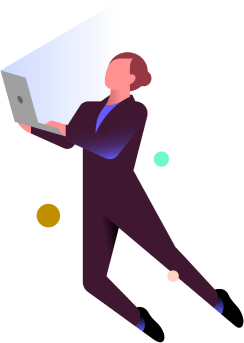Generative AI has taken the industry by storm. Initially, the tools were used primarily for academic purposes, yet they have become near-commercial grade applications with features like text generation, summarization, question answering, conversation, and image generation. The accuracy, fluency and articulacy of the outputs are surprisingly good most of the time and in many cases it is hard to distinguish AI-generated content from human-generated content. Achieving this level of quality also raises the possibility that these features could be applied to business settings. This naturally brings us to the question: “Can we use these algorithms as co-pilots or maybe even co-workers?”
Creating such ‘automata’ structures is an age-old dream for humans. As you are doing your daily work or completing a specific assignment, receiving high-quality, on-demand help is priceless. On the other hand, the help you are getting should be accurate, concise, unambiguous, and should correctly address the challenge at hand. For instance, in software development, getting help for repetitive code is applicable and timesaving, but providing to-the-point support for complex algorithm or interface development requires greater precision and skill. In such cases, the concept of co-piloting seems to be working and apparently its application radius will widen in the near future. However, when it comes to AI stepping in to become a co-worker, there are some points we need to consider.
Want to keep reading?
Create a web account to get access to more insights









